Home>Dining>Events & Etiquette>How To Eat Pasta With Good Table Manners
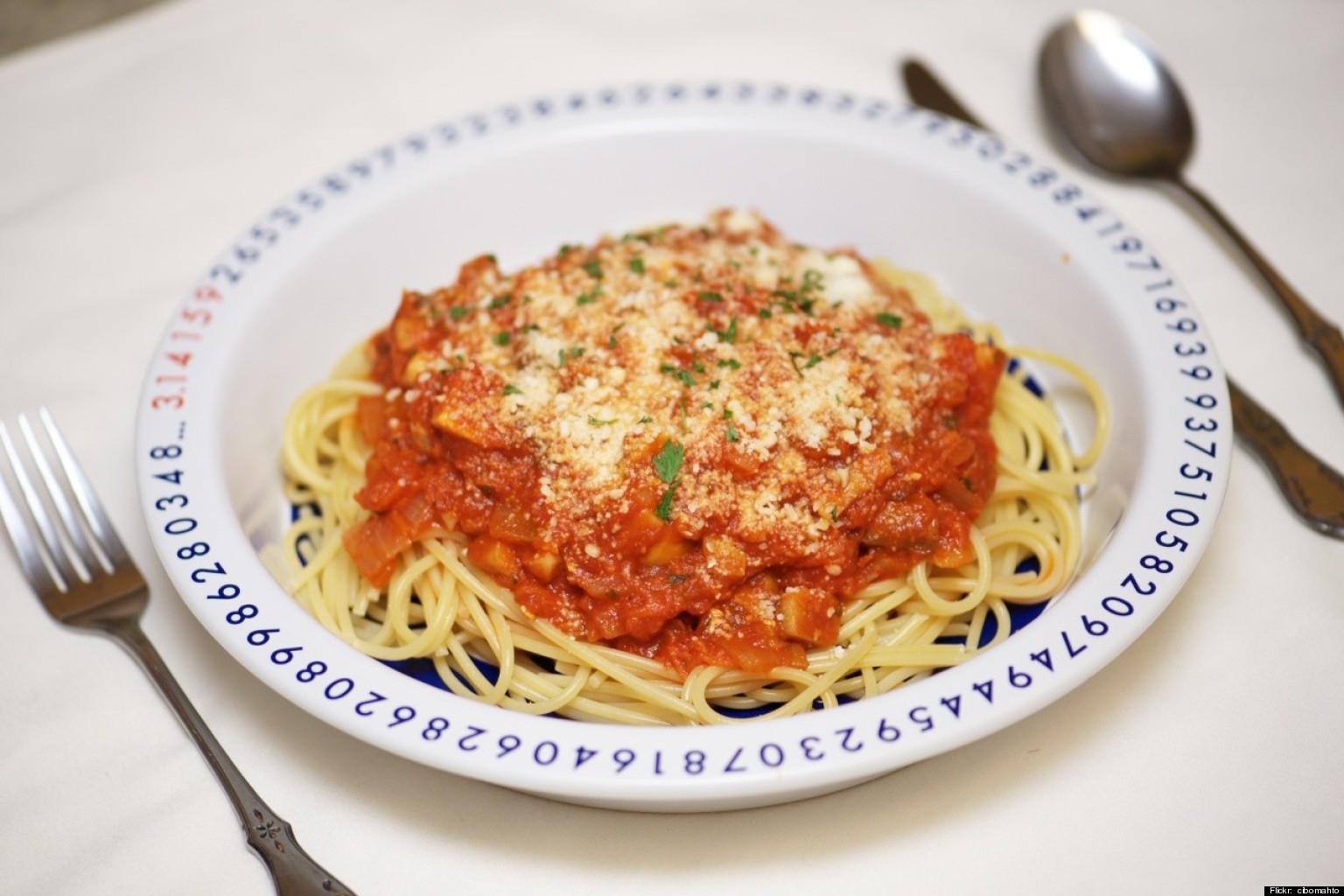

Events & Etiquette
How To Eat Pasta With Good Table Manners
Modified: January 4, 2024
Learn the proper events etiquette for eating pasta with good table manners. Impress your guests with these tips on how to eat pasta gracefully.
(Many of the links in this article redirect to a specific reviewed product. Your purchase of these products through affiliate links helps to generate commission for Storables.com, at no extra cost. Learn more)
Introduction
When it comes to dining etiquette, few things are as important as knowing how to eat pasta with good table manners. Whether you’re enjoying a bowl of spaghetti at home or dining out at a fancy Italian restaurant, understanding the proper etiquette for eating pasta can make a lasting impression on those around you.
Table manners play a crucial role in social settings, as they demonstrate respect for others and contribute to a pleasant dining experience for all. By following the correct etiquette while enjoying pasta, you not only show your appreciation for the culinary arts but also ensure that you leave a positive impression on your fellow diners.
This article will guide you through the dos and don’ts of eating pasta with good table manners, from the different types of pasta and how to handle utensils to proper eating techniques and dealing with sauce and spills. Additionally, we’ll provide etiquette tips for dining in restaurants, where understanding and adhering to proper table manners is essential.
So sit back, grab a fork, and let’s dive into the art of eating pasta with finesse and grace.
Key Takeaways:
- Mastering pasta etiquette enhances dining experiences by showing respect, making positive impressions, and promoting a harmonious atmosphere, whether at home or in a restaurant.
- Proper handling of utensils, twirling or cutting pasta with finesse, and dealing with spills gracefully contribute to a delightful and respectful dining experience.
Read more: What Are Good Table Manners?
Importance of Table Manners
Table manners are not just about following a set of rules; they serve as a reflection of your character and respect for others. Good table manners create a pleasant and harmonious dining atmosphere, allowing everyone to fully enjoy their meal without distractions or discomfort.
When it comes specifically to eating pasta, practicing good table manners is vital for a few reasons:
- Showing respect: Proper table manners demonstrate respect for the food being served, the person who prepared it, and your fellow diners. By displaying good manners while enjoying pasta, you convey appreciation for the culinary experience.
- Making a positive impression: Whether you’re dining with friends, family, or colleagues, exhibiting good table manners can leave a lasting impression. It showcases your sophistication, attentiveness, and ability to navigate social situations with grace.
- Promoting a pleasant dining experience: By following etiquette, you contribute to a comfortable and enjoyable atmosphere for everyone at the table. Avoiding loud slurping noises or messy eating habits allows for a more relaxed and focused dining experience.
- Reflecting cultural understanding: Different cultures may have varying table manners and dining customs. Being aware of and adhering to these customs when enjoying pasta in different settings shows your respect for cultural diversity and your willingness to adapt to different environments.
Whether you’re at a formal dinner or a casual gathering, practicing good table manners while eating pasta will not only enhance your own dining experience but also contribute to a positive and respectful environment for others. It’s not just about the food; it’s about the overall experience and how you engage with those around you.
Types of Pasta
Pasta comes in a multitude of shapes, sizes, and textures, each with its own unique characteristics and purposes. Understanding the various types of pasta can help you navigate different recipes and choose the appropriate utensils and eating techniques.
Here are some common types of pasta:
- Spaghetti: This long, thin pasta is perhaps the most well-known and versatile. It pairs perfectly with a variety of sauces, from simple marinara to creamy carbonara.
- Fettuccine: Fettuccine is a wider, ribbon-like pasta that works well with rich and creamy sauces, such as Alfredo or Bolognese.
- Penne: Penne is a tube-shaped pasta with diagonally-cut ends. Its ridges and hollow center help it hold onto thick or chunky sauces, making it a popular choice for baked pasta dishes.
- Ravioli: Ravioli consists of pasta dough filled with various ingredients, such as cheese, meat, or vegetables. These small pockets of goodness are typically served with a light sauce or in a hearty broth.
- Linguine: Linguine is similar to spaghetti but slightly wider and flatter. Its shape makes it ideal for pairing with seafood or light cream sauces.
- Farfalle: Also known as butterfly or bowtie pasta, farfalle is characterized by its unique shape that resembles a bowtie. It holds both light and chunky sauces well and adds a playful touch to any pasta dish.
- Lasagna: Lasagna is a large, flat pasta that is often layered with meat, cheese, and sauce to create a delicious and hearty baked pasta dish.
These are just a few examples of the many types of pasta available. Each type has its own attributes and is best suited for certain sauces or dishes. By familiarizing yourself with the different pasta shapes, you can better appreciate the versatility and artistry of this beloved culinary staple.
Preparing to Eat with Good Table Manners
Before you even take your first bite of pasta, it’s important to prepare yourself and the table for a courteous and enjoyable dining experience. Here are some steps to follow:
- Napkin placement: As you sit down at the table, immediately unfold your napkin and place it on your lap. This signals that you are ready to begin the meal and helps to protect your clothes from any accidental spills or food debris.
- Utensil arrangement: Take a moment to ensure that the appropriate utensils are properly arranged. The fork should be on the left side of the plate, while the knife and spoon should be on the right. If you’re using a spoon for saucy pasta, make sure it is placed on the farthest right.
- Wait for others: If you’re dining with others, it is polite to wait until everyone has been served before starting to eat. This shows consideration for your fellow diners and prevents any awkwardness or rushed eating.
- Mobile phone etiquette: Minimize distractions and show respect for your dining companions by keeping your mobile phone silent and out of sight during the meal. Engage in meaningful conversation and focus on the dining experience.
- Express gratitude: Before diving into your pasta, take a moment to express gratitude for the meal. Whether it’s a simple “Bon appétit” or a heartfelt thank you to the host, acknowledging the effort put into the meal is a polite gesture.
By taking these simple steps, you set the stage for a proper and respectful dining experience. Preparing the table and showing consideration for others will not only enhance your enjoyment of the meal but also create a pleasant and harmonious atmosphere for everyone involved.
Proper Handling of Utensils
When enjoying pasta, it’s important to know how to handle your utensils correctly. Proper utensil etiquette not only ensures that you can eat with ease but also shows your respect for the food and the dining experience. Here are some guidelines for handling utensils:
- Fork: Hold the fork in your dominate hand with your fingers wrapped around the handle. Use your fork to gently twirl the pasta strands, ensuring that it doesn’t hang loosely. Avoid using your fork to cut the pasta, as that is the role of the knife.
- Knife: if you need to cut certain pasta types, like lasagna, use the knife provided. Hold it with your dominate hand and use a gentle sawing motion to cut through the pasta. Avoid using excessive force, as this can create a mess.
- Spoon: In some cases, a spoon may be provided alongside your fork and knife. Use the spoon to help guide the sauce onto your fork and to capture any loose ingredients. It can also be used for sipping broth or soup if necessary.
- Resting position: When you’re not actively using your utensils, it’s important to know where to place them properly. Never rest your utensils on the tablecloth. Instead, rest your fork and knife on the plate when taking a break or when you have finished your meal.
Remember to handle your utensils with care and avoid making unnecessary noise or gestures. It’s important to maintain an elegant and composed demeanor while enjoying your pasta.
By mastering the proper handling of utensils, you not only elevate your own dining experience but also demonstrate your respect for the food and those around you. It’s a small but significant way to show your appreciation for the culinary art of pasta.
When eating pasta, twirl a small amount onto your fork using a spoon if necessary. Avoid slurping and cut long strands if needed. Keep elbows off the table and chew with your mouth closed. Enjoy!
Read more: Chinese Table Manners: You Are How You Eat
Twirling and Cutting Pasta
When it comes to eating pasta with proper table manners, knowing how to twirl or cut your pasta plays a significant role. The method you choose depends on the type of pasta and your personal preference. Here are some guidelines for twirling and cutting pasta:
Twirling:
- Using your fork, carefully spear a few strands of pasta. Start from the bottom and work your way up, ensuring that the strands stay neatly arranged on your fork.
- Hold your fork with your dominant hand and use your other hand to gently rotate the fork in a twirling motion.
- As you twirl the pasta, keep the fork close to the edge of the plate to prevent any sauce from dripping onto the table.
- Once you have twirled a reasonable amount of pasta, lift the fork to your mouth and enjoy the flavorful bite.
Cutting:
- If you prefer to cut your pasta instead of twirling it, first ensure that the pasta is not too long or tangled.
- Hold the pasta in place with your fork, and using the knife provided, cut through the pasta with a gentle sawing motion.
- Take small, manageable bites by placing a portion of the cut pasta onto your fork.
- Avoid cutting too much pasta at once, as it may result in a messy plate or difficulty handling the noodles.
Whether you choose to twirl or cut your pasta, the key is to do so with elegance and without disturbing the arrangement of the dish. Remember to take your time and enjoy each bite of the delectable pasta creation.
Ultimately, the choice between twirling and cutting pasta boils down to personal preference and the type of pasta being served. Either way, mastering both techniques will allow you to navigate any pasta dish with confidence and grace.
Appropriate Eating Techniques
When it comes to eating pasta with good table manners, having appropriate eating techniques can make a significant difference in your dining experience. Here are some guidelines to follow:
- Take small bites: When eating pasta, it’s important to take small, manageable bites. This allows you to fully savor the flavors and textures of the dish while maintaining an elegant and composed demeanor.
- Avoid slurping: While it may be tempting to slurp up a long strand of spaghetti, it’s considered impolite in most dining settings. Instead, use your utensils to twirl or cut the pasta and enjoy it without any noisy or disruptive slurping sounds.
- Chew quietly: Chew your pasta with your mouth closed, avoiding any loud or exaggerated chewing noises. Take your time to thoroughly chew each bite before swallowing.
- Engage in conversation: Enjoying a meal, including pasta, is not just about the food itself but also about the social experience. Engage in polite and meaningful conversation with your dining companions, taking pauses between bites to participate in the discussion.
- Be mindful of your table manners: Pay attention to your posture, avoiding slouching or leaning too far over your plate. Keep your elbows off the table and use your manners, such as saying “please” and “thank you” when necessary.
- Eat at a moderate pace: While it’s important to enjoy your meal, try to maintain a moderate pace of eating. Eating too quickly can give the impression that you are rushing through the meal, while eating too slowly may disrupt the flow of the dining experience.
- Pause for conversation or breaks: Take breaks between bites to engage in conversation or simply to enjoy the ambiance of the dining environment. This allows for a more relaxed and enjoyable dining experience.
Remember, appropriate eating techniques are not just about following a set of rules but about creating a pleasant and harmonious dining experience for yourself and others. By adhering to these tips, you can fully appreciate the flavors of the pasta while demonstrating respect for the food and those around you.
Dealing with Sauce and Spills
When enjoying pasta, sauce and spills can occasionally happen. How you handle these situations can demonstrate your poise and consideration for others at the table. Here are some tips for dealing with sauce and spills:
- Blotting spills: If you accidentally spill sauce or food on the tablecloth or your clothing, calmly and discreetly use your napkin to blot the area. Avoid rubbing, as this can spread the stain further.
- Apologize if necessary: If your spill affects others at the table, politely apologize for any inconvenience caused. Take responsibility for the accident and assure your companions that you will be careful moving forward.
- Ask for assistance: If the spill is significant or you’re unable to clean it up yourself, discreetly notify the waitstaff or host for assistance. They are trained to handle such situations professionally and will appreciate your proactive approach.
- Handle sauce with care: When twirling or cutting your pasta, be mindful of the sauce. Avoid flinging sauce onto the table or your dining companions by keeping the pasta close to the plate. Take small, deliberate bites to minimize the risk of sauce splattering.
- Use appropriate utensils: If there are serving spoons or utensils provided, use them to scoop sauce onto your plate. This ensures that everyone can enjoy the pasta without directly dipping their utensils into communal dishes, reducing the risk of accidental spills.
- Stay composed: In the event of a sauce or spill mishap, it’s important to remain composed and handle the situation discreetly. Avoid drawing unnecessary attention to the incident and continue enjoying your meal with grace.
Remember, accidents happen, and how you respond to them speaks volumes about your character and manners. By handling sauce and spills with composure and taking appropriate action, you can maintain a pleasant dining experience for yourself and those around you.
Etiquette Tips for Dining in Restaurants
When dining in restaurants and enjoying pasta, it’s important to adhere to proper etiquette to ensure a smooth and pleasant experience for yourself and those around you. Here are some etiquette tips to keep in mind:
- Dress appropriately: Dress according to the restaurant’s dress code. If there is no specific dress code, opt for neat and presentable attire that is suitable for the occasion and the establishment.
- Make a reservation: If the restaurant accepts reservations, it’s courteous to book in advance to secure your table and help the restaurant plan for your arrival.
- Arrive on time: Punctuality is key. Arrive at the restaurant on time or slightly early to ensure a smooth and unhurried dining experience.
- Wait to be seated: Upon arrival, wait for the host or hostess to seat you. They will guide you to a suitable table based on your reservation and the restaurant’s layout.
- Be courteous to staff: Show respect and appreciation to the restaurant staff by being courteous and polite. Use “please” and “thank you” when placing orders or requesting assistance.
- Follow the lead of the waitstaff: The waitstaff are trained professionals who understand proper dining etiquette. Follow their lead when it comes to ordering, handling utensils, and navigating the dining experience.
- Use utensils appropriately: Use the appropriate utensils provided for each course. If you’re uncertain, observe the people around you or ask the waitstaff for guidance.
- Keep conversations at a moderate volume: Be mindful of your volume when engaging in conversation. Keep your voice at a moderate level to avoid disrupting other diners’ experiences.
- Avoid using mobile phones: Unless it’s necessary, keep your mobile phone out of sight and on silent mode. Engage in the dining experience and give your full attention to your companions and the meal.
- Settle the bill graciously: When it’s time to settle the bill, do so promptly and graciously. If splitting the check, communicate your preferences politely and efficiently to avoid confusion.
Following these etiquette tips not only demonstrates your respect for the restaurant and its staff but also enhances your own dining experience. Remember, dining out is an opportunity to savor delicious food while appreciating the ambiance and company around you.
Conclusion
Eating pasta with good table manners goes beyond simply enjoying a delicious meal—it reflects your respect for the food, the dining experience, and the people around you. Understanding the importance of table manners and practicing appropriate etiquette while enjoying pasta can leave a lasting impression on others and contribute to a harmonious dining atmosphere.
From knowing the different types of pasta to handling utensils with finesse, twirling or cutting pasta gracefully, and dealing with sauce and spills gracefully, each aspect of pasta etiquette plays a vital role in creating a pleasant dining experience.
Whether you’re dining at home, in a restaurant, or attending a social gathering, incorporating proper table manners while indulging in pasta can elevate the occasion and make it even more enjoyable for everyone involved.
So, the next time you sit down to savor a plate of pasta, remember to unfold your napkin, arrange your utensils, and engage in mindful eating techniques. Respect the culinary artistry, savor each bite, and cherish the company you’re sharing the meal with.
By demonstrating good table manners and etiquette, you not only show your appreciation for the food but also leave a lasting impression as someone who values respect, consideration, and a pleasurable dining experience.
Ultimately, pasta is more than just a delicious dish—it’s an opportunity to engage with the culinary world and create meaningful connections over a shared love for food. So, go forth, enjoy your pasta, and let your impeccable table manners shine!
Frequently Asked Questions about How To Eat Pasta With Good Table Manners
Was this page helpful?
At Storables.com, we guarantee accurate and reliable information. Our content, validated by Expert Board Contributors, is crafted following stringent Editorial Policies. We're committed to providing you with well-researched, expert-backed insights for all your informational needs.




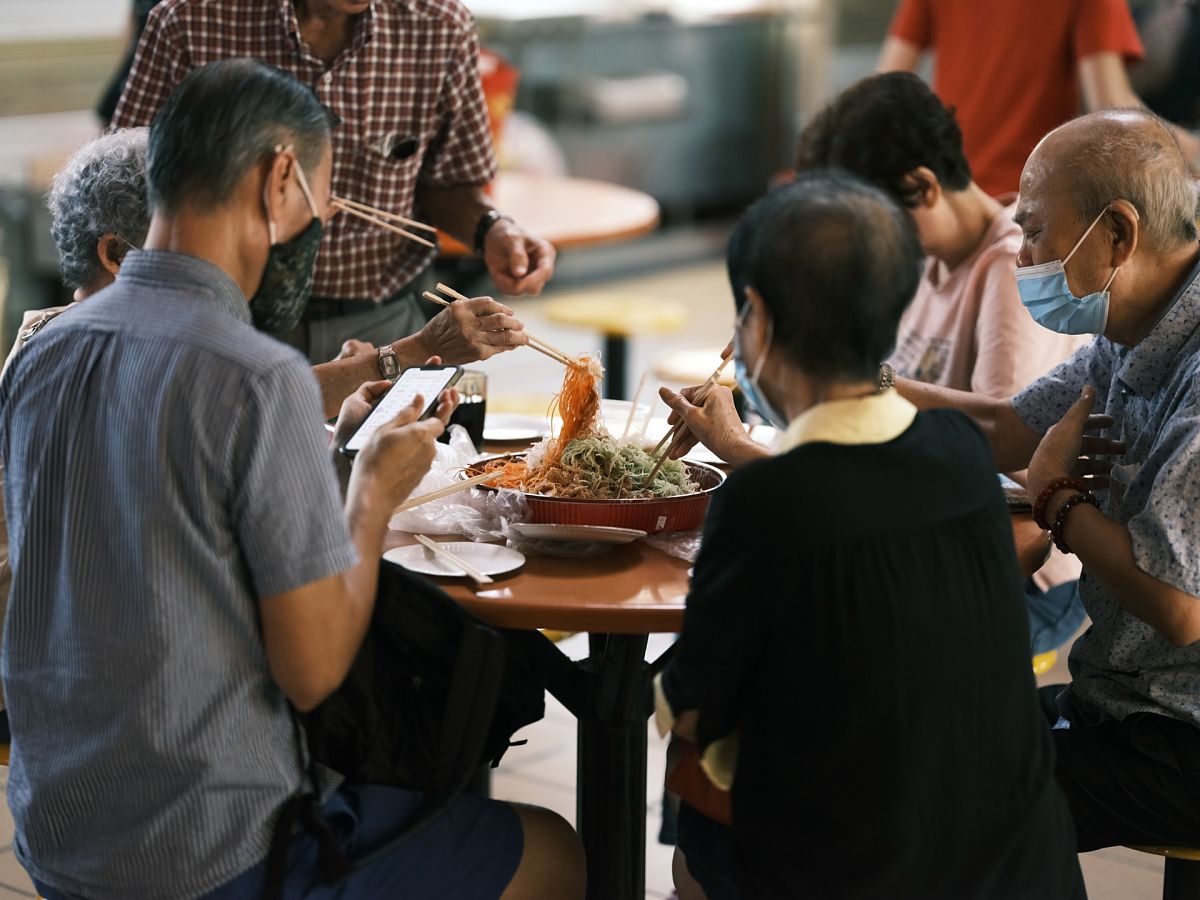
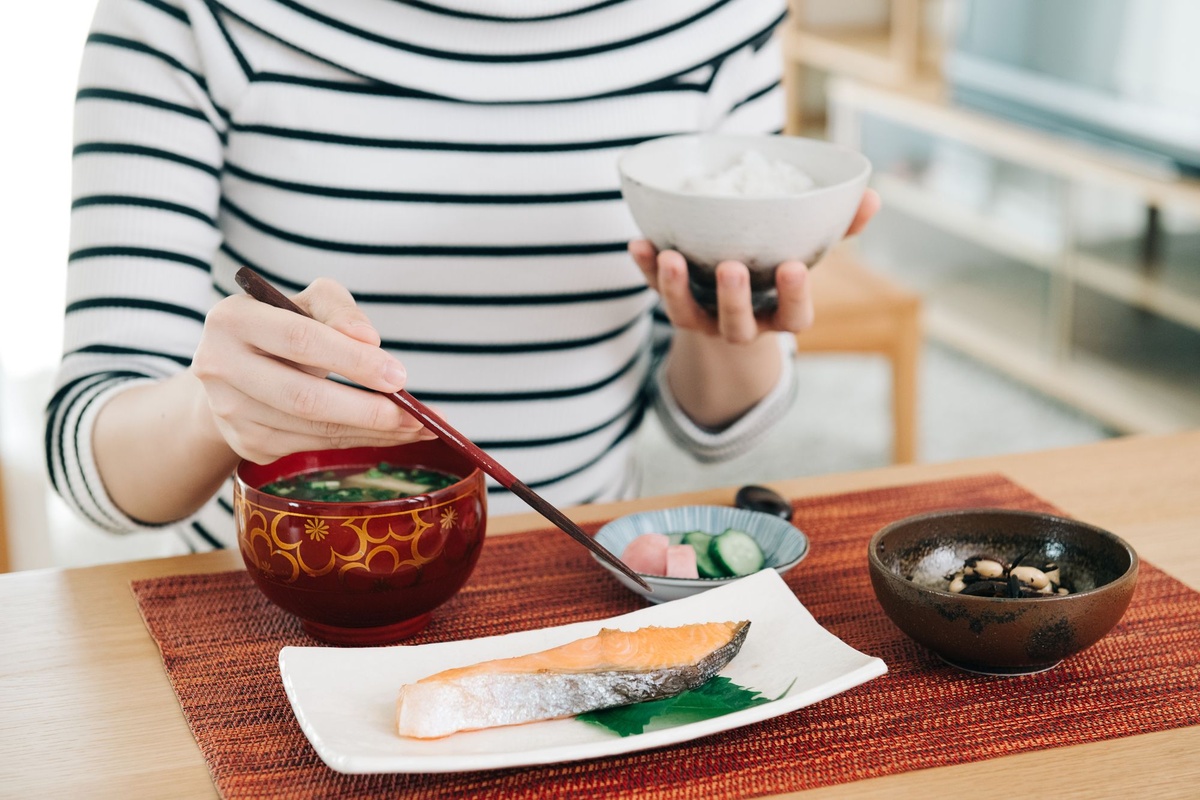

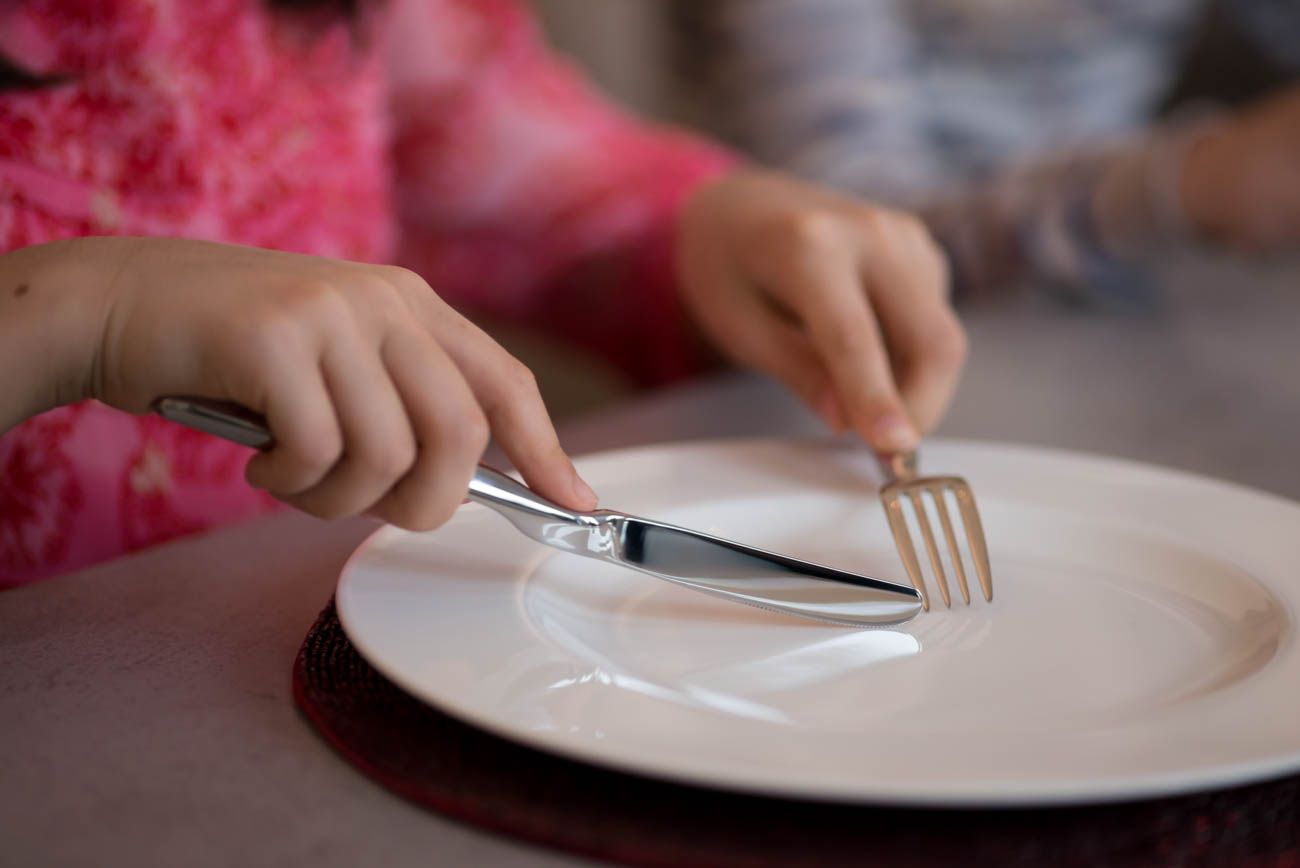


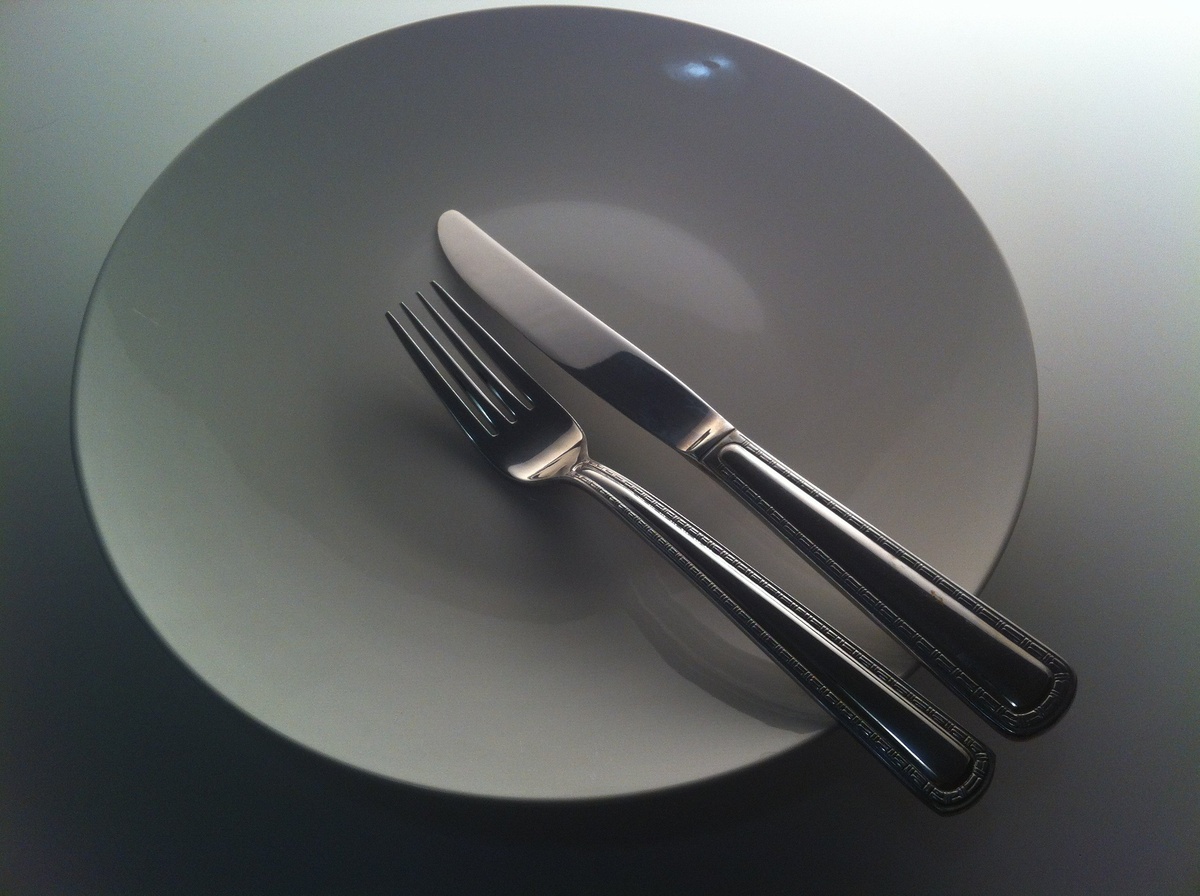

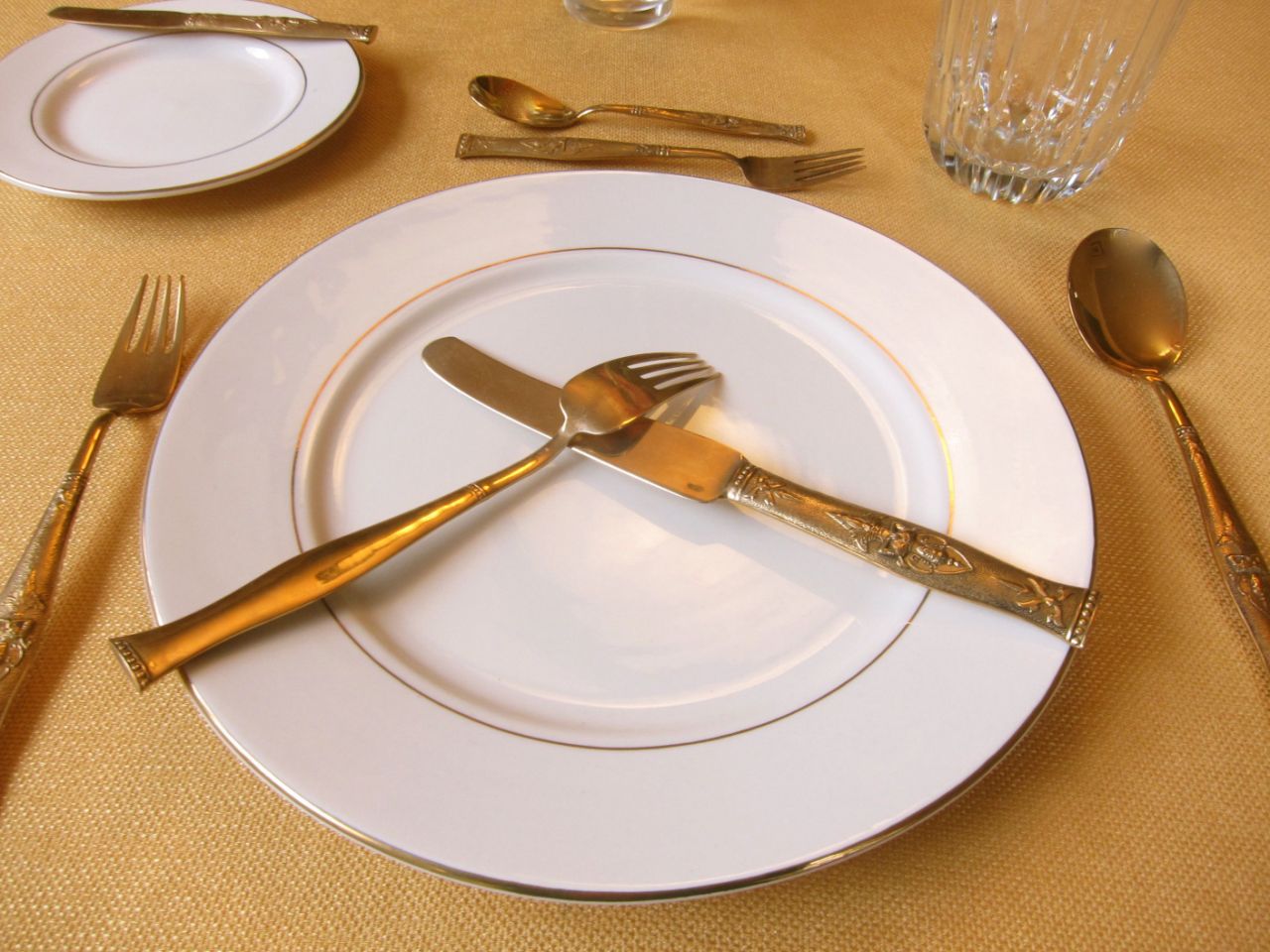

0 thoughts on “How To Eat Pasta With Good Table Manners”